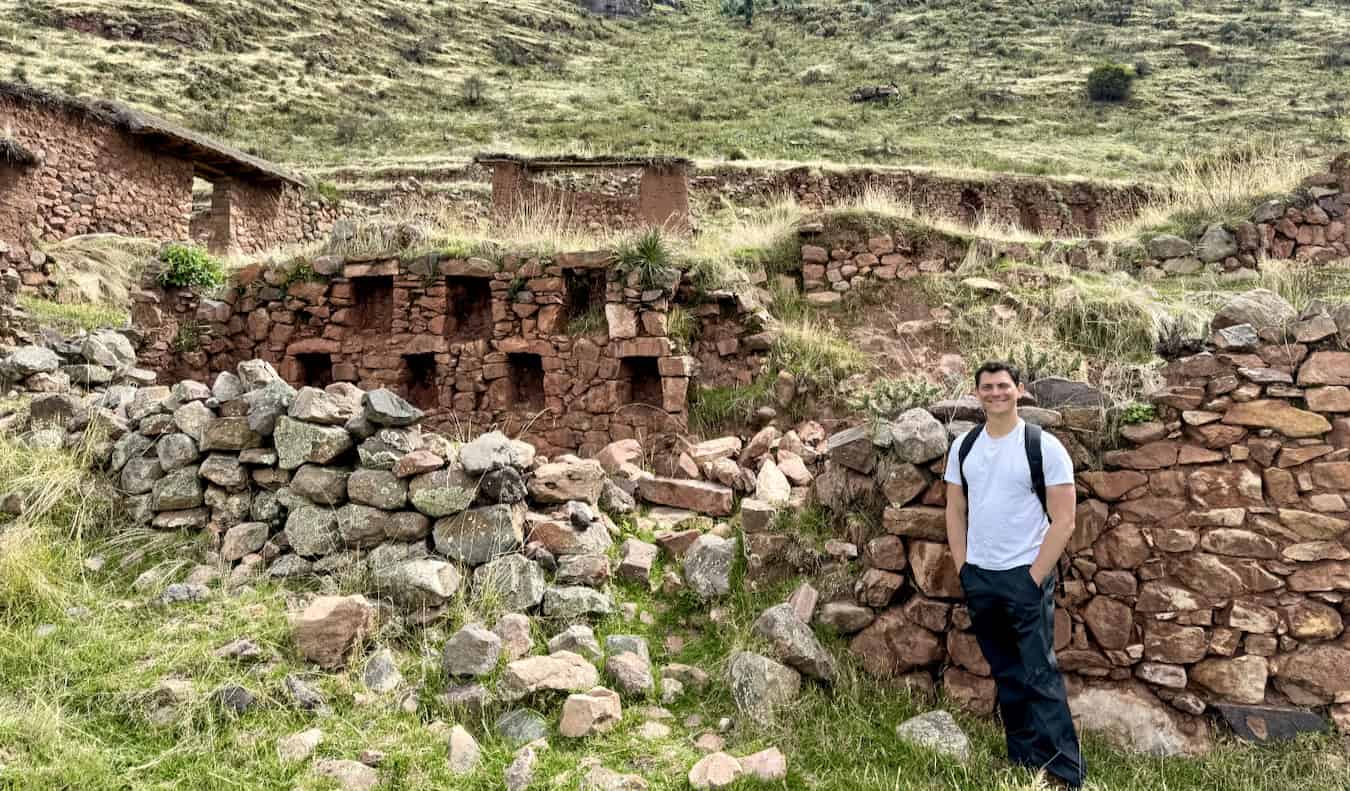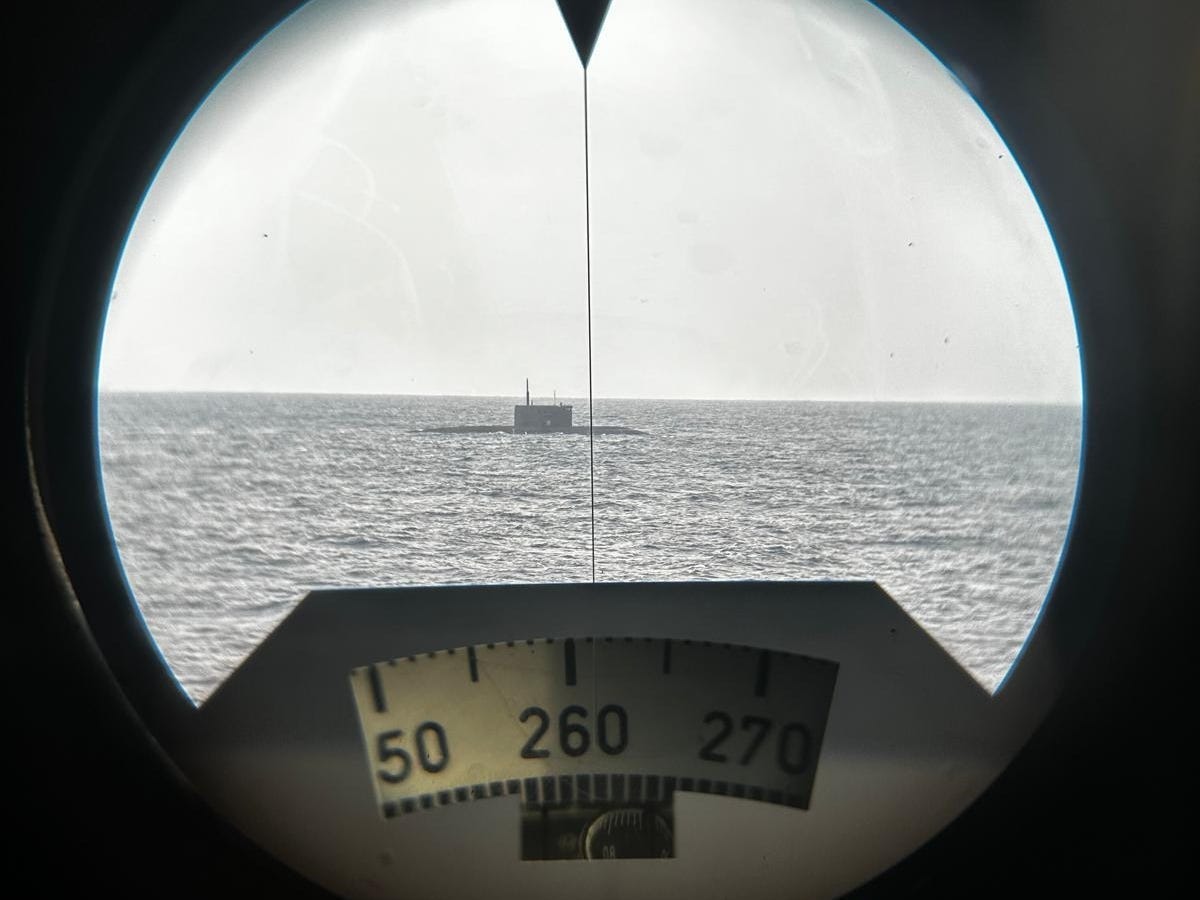Camping trips with a young family can be thoroughly challenging, especially in the UK, when the weather often skips from sunshine to deluge in the blink of an eye. My extra challenge is that my wife, Helen, can’t join us for our Easter break (she’s away training for her fourth Olympic Games – reasonable excuse). My three kids (twins of four, and an older brother not quite six) are a tornado handful at the best of times. I definitely don’t want to be flying abroad with them, but I want to give them a memorable wild outdoors experience. So what to do?
Inspiration comes in the form of Wild Camper Trucks, a small enterprise set up by entrepreneur Andrew Clark, who rents out a fleet of four-wheel-drive campers from bases in Kendal and Inverness. The vans are go-anywhere robust and reliable, but kitted out with enough home comforts that they feel like glamping on the go. Thanks to the additional roof tent, they’re set up to sleep four, but with kids as young as ours we could definitely push it to five. There’s a bijou kitchen and eating area, plenty of lounging and kipping space, and a huge amount of storage, which allows us to take all the outdoor toys we want.
Andrew has teamed up with websites Off Grid Camp and Nearly Wild Camping, which connect 4×4, campervan and canvas wild campers with landowners. Campers subscribe to the websites, and pay their hosts as they would at any campsite.
So, accompanied by my friend George, who rents an awesome teardrop caravan, we opt for a few days in Cumbria.
Our first site is utterly dazzling, a farm in a part of the country I could have barely found on a map. The Howgill Fells lie to the north-west of the Yorkshire Dales national park, separated from the Lake District national park to the west by the River Lune. Cautley Spout, in the south of the Howgills, is considered England’s highest cascade-type waterfall above ground, with a drop of about 200 metres. The higher Howgills, such as the magnificently named Great Dummacks and Randygill Top, are more than 600 metres high. Even in the height of summer, this corner of the north remains quiet while parts of the Lakes and Dales can be overrun. In early spring, we have every field, peak and waterfall to ourselves.
The celebrated fell conqueror Alfred Wainwright said the Howgills looked like a herd of sleeping elephants, and it’s easy to see why. The hills are bulgy, the streams and rivers that pour down the flanks of these curved giants give them a wrinkled, creased look. The word “Howgills” is derived from the Old Norse haugr, which means barrow or hill, and they feel less intimidating than the peaks to the west. For me and my brood they prove more achievable, and lead to some delightful hikes.
We park our truck in the high fields of a sheep farmer. She’s busy zipping around the fells on a quad bike and helping ewes through breech births, but makes time to show us around, giving the kids the opportunity to bottle-feed the new lambs – so new they still bear their scraggly umbilical cords (which my youngsters mishear then repeat as “miracle cords”).
We’re the only campers out on the hillsides, and could be a million miles from home. Cooking up a barbecue, we play Grandmother’s Footsteps as cloud shadows race over the tallest Howgill peak, the Calf (676 metres), and jackdaws caw overhead. Dinner is hotdogs cooked outside. Easy enough with the gas burners and fridge/freezer included in the camper truck.
There’s a camping toilet and a shower, which uses water heated on the stove, so an alfresco wash behind a tarp is totally doable and ethical toiletries are provided to reduce the nasties getting into the water table. Bedtime rolls around and the tent is up in seconds, accessed through a hatch inside the camper truck.
Our first night is a tester. A storm rages in from the east, with biblical rain and winds at buffeting force. My oldest boy and I are sleeping in the expandable rooftop tent, which fills like a yacht’s sail in an ocean gale. He snores through the whole thing, but at 3am I carry him (still sound asleep in his sleeping bag) downstairs. Had I been in the family tent it would have been a survival situation, but all four of us snuggle together in the huge double bed, and it’s actually pretty cosy.
Come morning, we are ready to roll. The camper truck handles like a car in many ways: it’s smooth to drive and you soon get used to the weight in the back. To help counter emissions, Clark plants 25 trees for every 1,000 miles his customers drive.
after newsletter promotion
Our big adventure activity today is a whitewater paddle trip down the River Lune on inflatable rafts. The rafts coast over tame rapids for most of the day, with dippers bobbing around and huge flocks of oystercatchers taking to the sky as we round every corner. Rain pours down for the entire four hours we’re on the river, and by the end the kids are blue and shaking. As we coast into the Devil’s Bridge in Kirkby Lonsdale, they’ve had enough, so being able to just chuck them in the back of the truck and wrap them in sleeping bags is perfect.
Other overnight stops range from a wild beachside spot north of the Wirral, where we can step out of the van and on to the sands, to Ashgill Forest in the North Pennines, where the wildlife includes red squirrels and pine martens. Wherever we stop, we find places for the children to run rampant in nature without risking constant apologies to other campers. We have an itinerary planned, but change it daily according to the weather and the kids’ moods. In soggy April conditions, we couldn’t have safely accessed any of these sites without the 4×4 (or at the very least would have been begging the local farmers for a tractor tow).
Despite the rain, we all love being outdoors. In calmer conditions, the rooftop tent provides ample room for sleeping, and next time we’ll be fitting Helen in too, once her rowing in the Olympics is done.
I’m also hoping we’ll have a chance to use the truck’s own cinema: an awning rolls down on one side of the van and turns into an outdoor movie screen, so you can watch a film under the stars.
All in all the trip is great fun. It delivers on the wildness in a way campervans and motorhomes can’t quite, but comes with comforts that canvas leaves you craving.
Wild Camper Trucks sleep up to four and start at £140 a day including insurance (five nights minimum)






